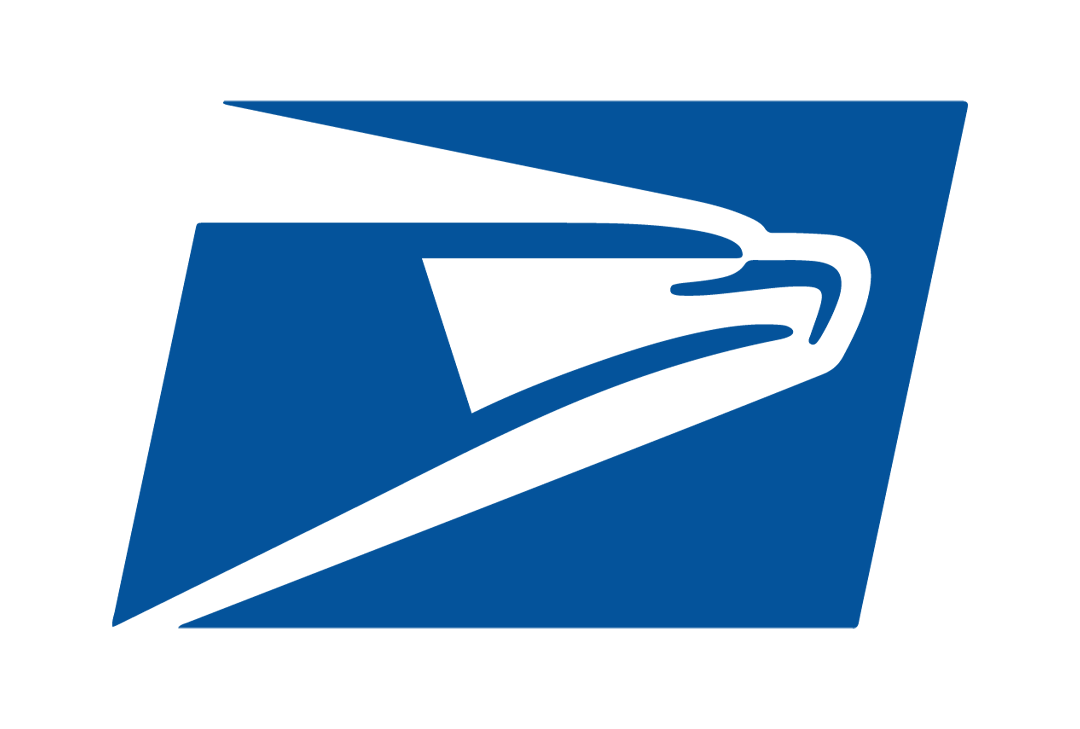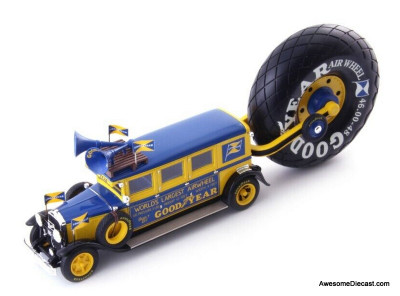Soon after the end of the war, the production of buses ran at full speed at Krauss Maffei. The vehicle substructure was manufactured in Munich and the entire body was manufactured by the company “Josef Rathgeber”, which operated generally as a coach builder for the railway, in the Bavarian capital. For Krauss Maffei AG, the bus division quickly developed into a well-for-sale sector and the plant continued to refine the technology with thoroughly innovative solutions. A very big step in this direction took place from 1952 with the presentation of the new type called KML 90. The three letters stood for “Krauss Maffei Lightbus”. This bus marked the fruitful cooperation between the Munich plant, the “Nordwestdeutsche Fahrzeugbau GmbH”, or short “NWF” in Wilhelmshaven.
For the first time, this model abandoned the principle of classic bus design, which until then had been based on the construction of trucks. This meant that the sheet metal body was placed on a load-bearing frame. An overall rounded look with enclosed rear wheels and striking front was the result of this test series – a first-class resistance value of 0.4 cW showed the technical extra class. The newly chosen shell design ensured such high rigidity, especially the substructure, that the roof no longer had the great load bearing capacity as in previous busses. While in the KML 90 this area was still equipped with four large transparent inserts on each side of the roof, the plant went even further with the further development the KML 110. Visually distinguishable this type had two additional large glass inserts above the driver’s area.
In the first half of the 1950s, the two types of light buses were described by many experts as one of the most elegant buses of the time.

























